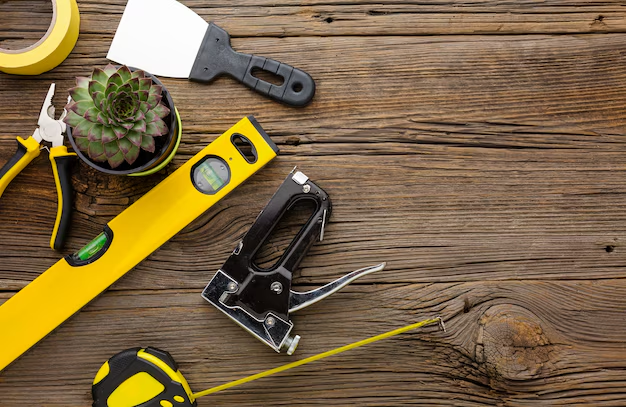Essential Home Maintenance Tips for New Homeowners
Congratulations on your new home! As a first-time homeowner, you're likely filled with a mix of excitement and anxiety about maintaining your property. A house is one of the most significant investments you'll make, and keeping it in tip-top shape ensures that it retains its value and continues to be a safe haven for you and your family. Here are some practical home maintenance tips to help you embark on this exciting journey.
Regular Inspection is Key
Prevention is better than cure, and that adage holds especially true for home maintenance. Schedule regular monthly inspections to check for any signs of wear and tear. Pay close attention to the roof for missing shingles, signs of water damage, and the state of gutters. Inspect your home's foundation for cracks and ensure that your windows and doors seal properly.
Keep Your Systems Efficient
Your home's HVAC system is critical for comfort and efficiency. Change your air filters every 1-3 months and schedule professional maintenance bi-annually to ensure your heating and cooling systems are operating efficiently. Don’t forget to clear vents and ducts regularly to improve indoor air quality and save on utility bills.
Mind Your Plumbing
Water leaks can cause significant damage if not addressed promptly. Keep an eye out for dripping faucets, running toilets, and stained ceilings or walls which might indicate a leak. Proactively addressing these issues can save money and prevent water from causing long-term structural damage.
Safety First
Install and routinely check smoke and carbon monoxide detectors. Replace batteries twice a year and ensure that fire extinguishers are accessible and functional. A small investment in safety today can preserve lives and property tomorrow.
Tackle Minor Repairs Promptly
Minor problems, if left unchecked, can evolve into costly repairs. Be it a squeaky door, a loose handrail, or a leaky faucet, dealing with these small issues as they arise will save you from more significant issues down the road.
Seasonal Maintenance Tasks
Each season brings its unique maintenance needs:
Spring:
- Clean gutters and downspouts.
- Test your sprinklers.
- Inspect basement and attic for leaks.
Summer:
- Service the air conditioning unit.
- Inspect exterior paint and touch-up if necessary.
- Check and seal your driveway.
Fall:
- Clean chimneys and fireplaces.
- Store hoses and shut off outdoor water valves.
- Insulate pipes to prepare for cold weather.
Winter:
- Check for drafts around windows and doors.
- Inspect roof for ice dams.
- Monitor and maintain humidity levels indoors.
These proactive maintenance steps help in managing one’s responsibility as a homeowner efficiently. Besides keeping the home's condition optimal, they're also integral to promptly addressing issues that may require financial solutions or additional assistance.
While you're committed to maintaining the integrity of your home, it's worth knowing that financial assistance programs are available to help with some of these homeownership costs. From government-backed loans for energy-efficient upgrades to taxpayer credits for eco-friendly enhancements, financial relief is within reach to support your home maintenance efforts.
Taking care of your home can feel like an overwhelming responsibility, but equipped with the right knowledge and resources, you're setting the foundation for a secure and comfortable living environment. With regular upkeep, you’ll enjoy the benefits of home ownership for many years to come.
Financial Assistance and Educational Opportunities for Homeowners
- 💰 Energy-Efficiency Grants: Federal and state programs offer financial aid for homeowners looking to upgrade to energy-efficient systems.
- 🏠 Home Improvement Loans: Many banks provide loans with favorable terms for home repairs and renovations.
- 🌱 Tax Credits: Options for deductions exist when installing solar panels, energy-efficient windows, and other sustainable home improvements.
- 📚 Educational Workshops: Community organizations often host free classes on home maintenance, offering insights into DIY repairs and maintenance.
- 🔧 Emergency Repair Assistance: Programs are available that provide financial help for urgent home repairs, focusing on low-income families.
- 💳 Credit Counseling Services: Homeowners struggling with debt can find relief through services that help restructure existing credit obligations.
